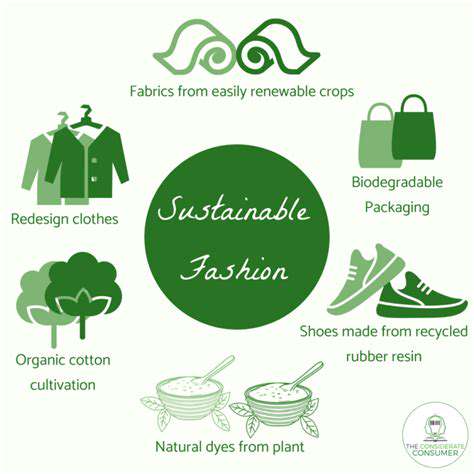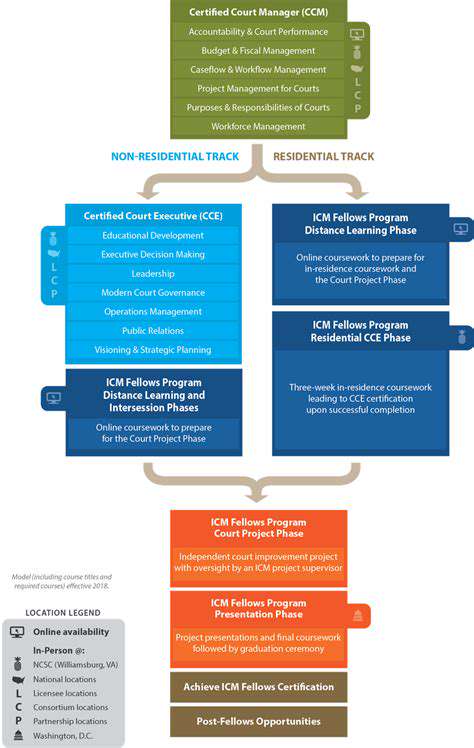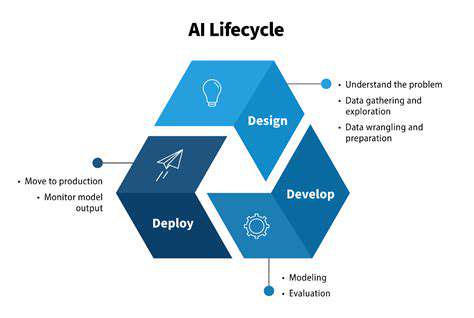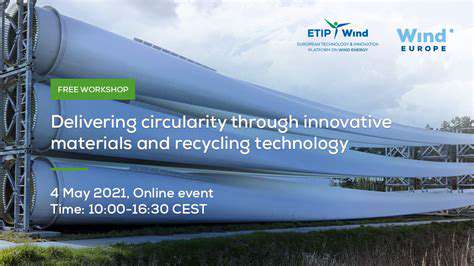The Impact of Water Usage in Fashion Production
Dyeing Processes and Water Consumption
The vibrant colors we see in textiles often come at a significant environmental cost. Dyeing fabrics is a water-intensive process, with various methods requiring different amounts of water. Many traditional dyeing techniques, particularly those involving natural dyes derived from plants or insects, can still be quite resource-heavy. The sheer volume of water needed to dissolve and disperse the dyes, to thoroughly saturate the fibers, and to rinse away excess colorants contributes substantially to the water footprint of the garment industry. Modern, industrial dyeing methods, while often more efficient in terms of energy and material use, still rely on substantial water volumes. Understanding these processes is crucial to recognizing the impact of fashion choices on our water resources.
Different types of dyes have varying impacts on water usage. Synthetic dyes, while often cheaper and more readily available, frequently require more water for both application and rinsing than natural dyes. Moreover, the wastewater generated after dyeing often contains harmful chemicals and colorants that need to be treated before release, adding another layer of complexity to the water management challenge. The environmental consequences of poor water management in dye houses are significant and include water contamination, harming aquatic ecosystems, and contributing to the overall pollution burden.
Finishing Treatments and Water Demands
Beyond dyeing, numerous finishing processes further contribute to water usage in the fashion industry. These processes, which can include treatments like bleaching, mercerizing, and applying various finishes for texture or water resistance, all involve significant water usage. The sheer volume of water needed to apply these treatments, and the subsequent rinsing necessary to remove residual chemicals, greatly impacts the water footprint of a garment.
For example, the mercerization process, which involves treating cotton fabrics to improve their luster and drape, requires substantial amounts of water for soaking, treating, and rinsing. Similarly, finishing treatments for water resistance or crease resistance also demand large volumes of water, and the wastewater generated often requires extensive treatment to remove the chemicals used in these processes. This highlights the need for innovative and sustainable finishing techniques that minimize water usage and chemical discharge.
Minimizing the Water Footprint: Sustainable Practices
Despite the significant water consumption associated with dyeing and finishing, various sustainable practices can mitigate the impact. Implementing water-efficient dyeing techniques, such as using less water and reducing chemical usage, are crucial steps toward sustainability. The use of low-impact dyes, including natural dyes, can substantially decrease the environmental load. Improved wastewater treatment technologies are also essential to remove harmful contaminants before discharge, ensuring responsible water management.
Adopting innovative technologies that reduce water consumption, such as closed-loop systems and advanced water treatment methods, are promising solutions. Furthermore, promoting responsible consumption patterns, encouraging the reuse and recycling of textiles, and designing garments with minimal water requirements are crucial to minimizing the overall impact of the fashion industry on water resources. These are not just beneficial for the environment but also provide economic advantages in the long run, as water conservation can lead to lower costs and improved efficiency.
Investing in research and development for water-saving technologies and sustainable materials is crucial to creating a more environmentally conscious fashion industry. Ultimately, a collaborative effort involving manufacturers, designers, consumers, and policymakers is necessary to create a future where fashion is both stylish and sustainable, with minimal impact on our precious water resources.
The Path Forward: Sustainable Practices in Fashion

Embracing Eco-Conscious Practices
Sustainable practices are no longer a trend; they're a necessity. Businesses and individuals alike must embrace environmentally conscious choices to mitigate the negative impacts of our actions on the planet. This involves a shift in mindset, moving away from a take, make, dispose approach to one that prioritizes resource efficiency and waste reduction. This fundamental shift is critical for the long-term health of our ecosystems.
Reducing Carbon Footprint
Minimizing our carbon footprint is paramount. This can be achieved through various methods, such as transitioning to renewable energy sources, optimizing energy consumption within our homes and businesses, and advocating for policies that incentivize sustainable transportation options. By collectively reducing our reliance on fossil fuels, we can significantly lessen our contribution to climate change.
Transportation is a significant contributor to carbon emissions. Choosing public transportation, cycling, or walking whenever possible can dramatically reduce your personal impact. Furthermore, supporting businesses that prioritize sustainable transportation options for their employees and deliveries is equally important.
Circular Economy Implementation
Implementing a circular economy model is crucial for sustainable practices. This involves designing products with durability and repairability in mind, promoting reuse and recycling, and minimizing waste generation at every stage of the product lifecycle. This approach fosters a closed-loop system, where resources are kept in use for as long as possible, ultimately decreasing our reliance on virgin materials.
Sustainable Sourcing and Consumption
Sustainable sourcing of materials is essential. We must prioritize products made from recycled or renewable resources, avoiding products that rely on unsustainable harvesting practices. Conscious consumption plays a key role in driving demand for sustainable products and supporting businesses that prioritize ethical and environmentally responsible practices.
Considering the full lifecycle of a product, from its origin to disposal, is vital. Consumers should be aware of the environmental impact of their choices and make informed decisions that support sustainability.
Investing in Green Technologies
Investment in green technologies is essential to drive innovation and accelerate the transition to a sustainable future. This includes supporting research and development of renewable energy sources, energy-efficient technologies, and sustainable materials. Investing in green technologies creates jobs, fosters economic growth, and reduces our environmental impact simultaneously.
Promoting Education and Awareness
Education and awareness campaigns are vital to fostering a culture of sustainability. Educating individuals and communities about the importance of sustainable practices and the potential consequences of inaction is crucial. Promoting awareness about the environmental challenges we face empowers individuals to make informed choices and advocate for change.
Policy and Governmental Support
Governmental policies and regulations play a critical role in driving sustainable practices. Policies that incentivize sustainable choices, such as tax breaks for green technologies or restrictions on environmentally harmful practices, can significantly impact collective progress. Stronger governmental support is needed to create a regulatory environment that encourages sustainability and holds businesses accountable for their environmental impact. This includes policies that support renewable energy sources, promote sustainable agriculture, and reduce waste.











